
All posts by Tom Dills
Postcard From Captiva Island, Florida
Chasing Train Stations in Florida
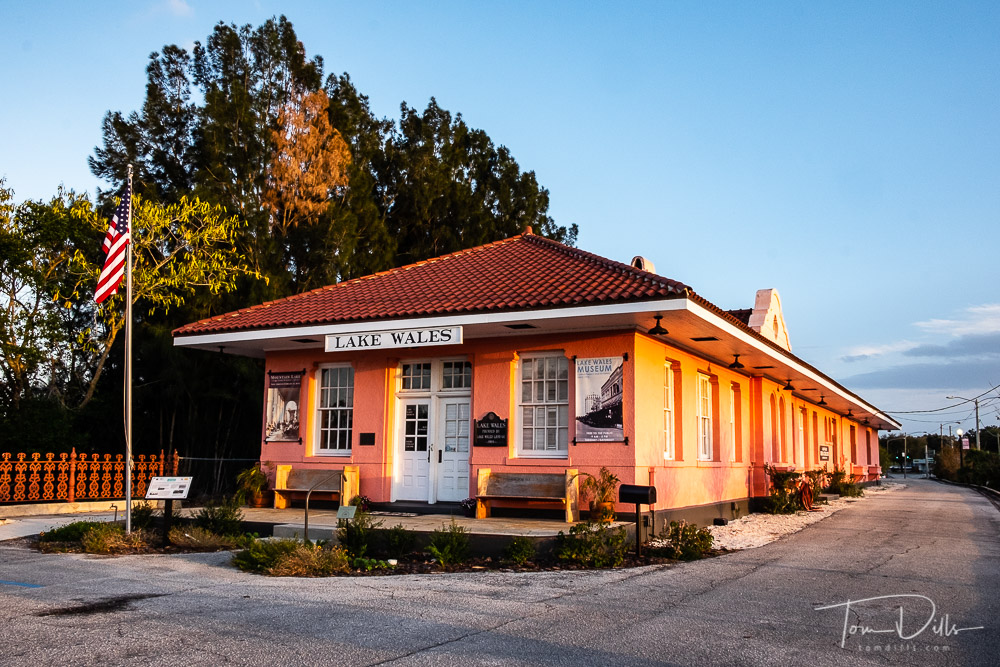
I’ve written previously about how Kathy & I like to seek out train stations on our travels through different areas. I hadn’t paid too much attention to train stations when we planned this trip to Florida, but almost by happy accident I realized that southern Georgia and Florida contain many examples of train stations. Here more so than in other states they seem to generally be in pretty good shape, many of them currently used as museums, social halls or offices.
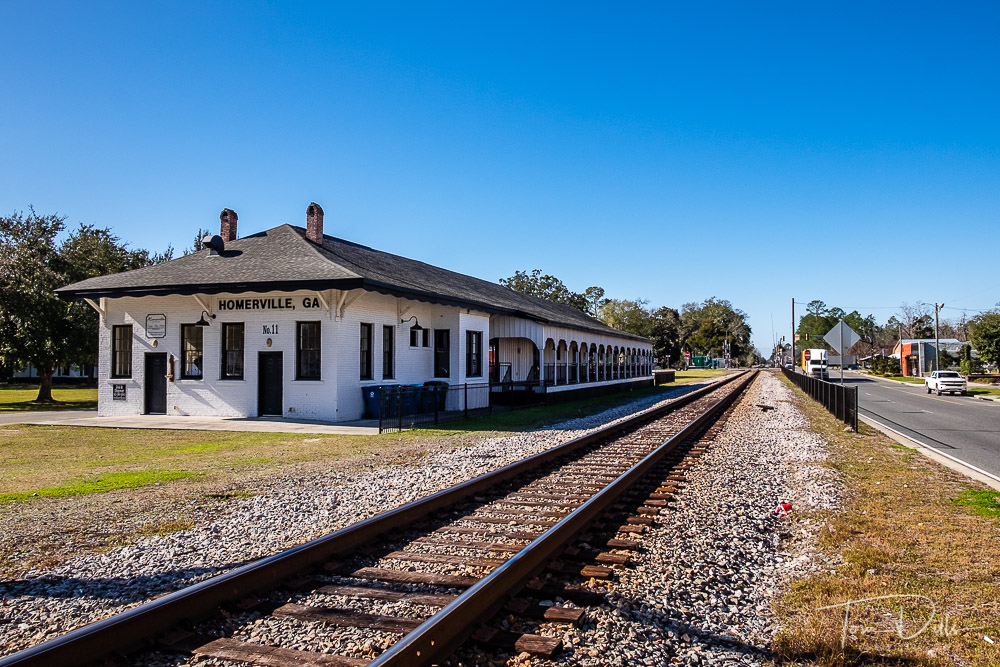
While we were visiting the station in Avon Park, a volunteer at the museum there told us that the Silver Star passenger train passes through there daily, and that it would be there within the hour. He also mentioned that there is a station in Sebring that hadn’t come up on my search, even though the Sebring station is an active Amtrak station.
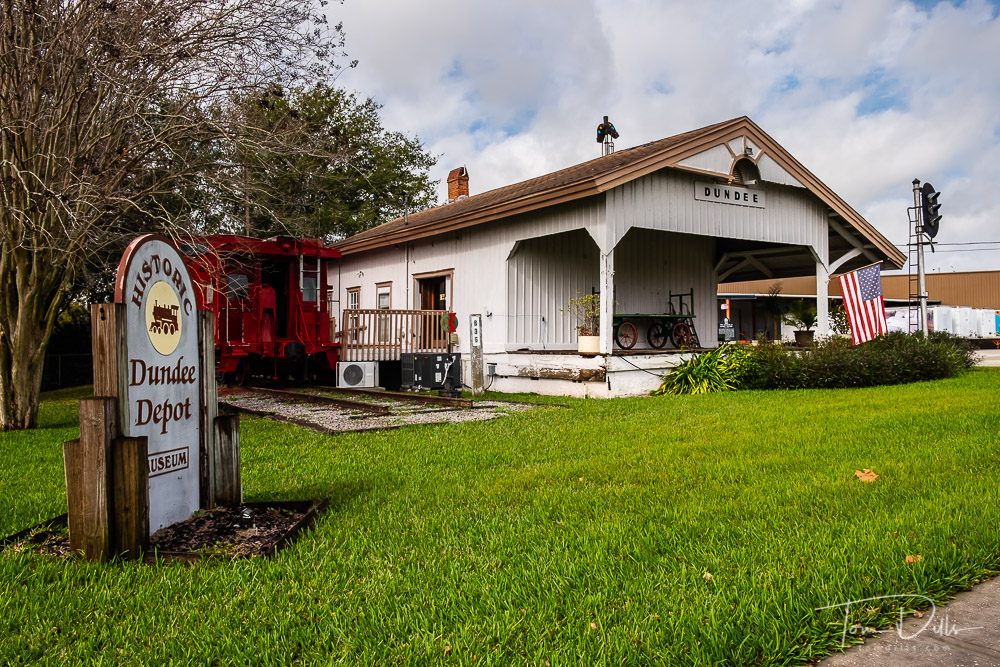
While we were in Avon Park, a CSX freight train came through, then we drove to the Sebring station in time to catch the Amtrak train making its stop there. We aren’t usually fortunate enough to actually see trains while we are at these stations, so to catch two on the same day was a real treat!
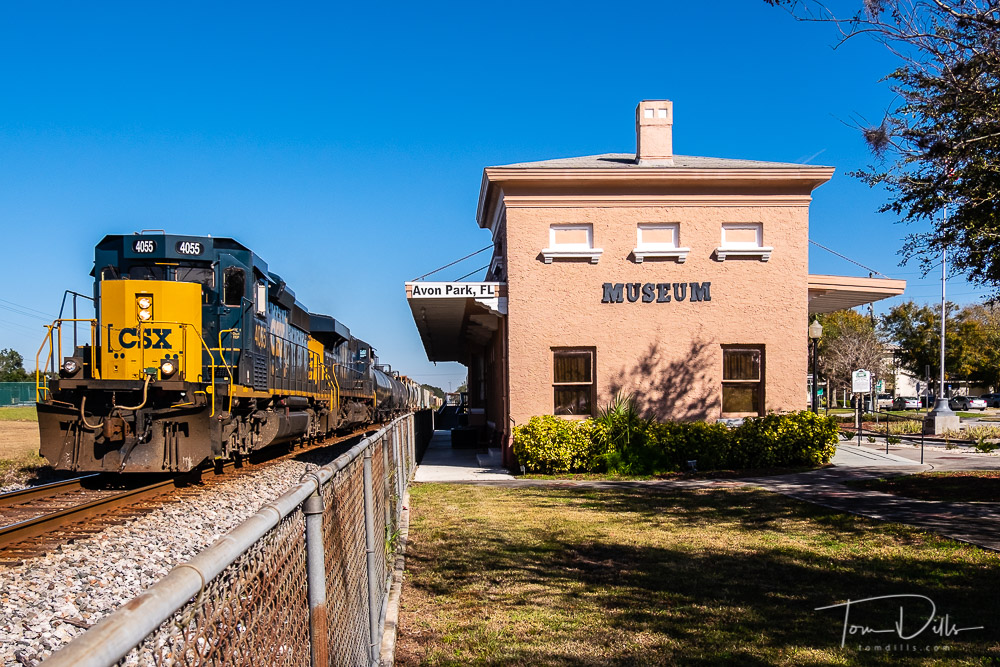
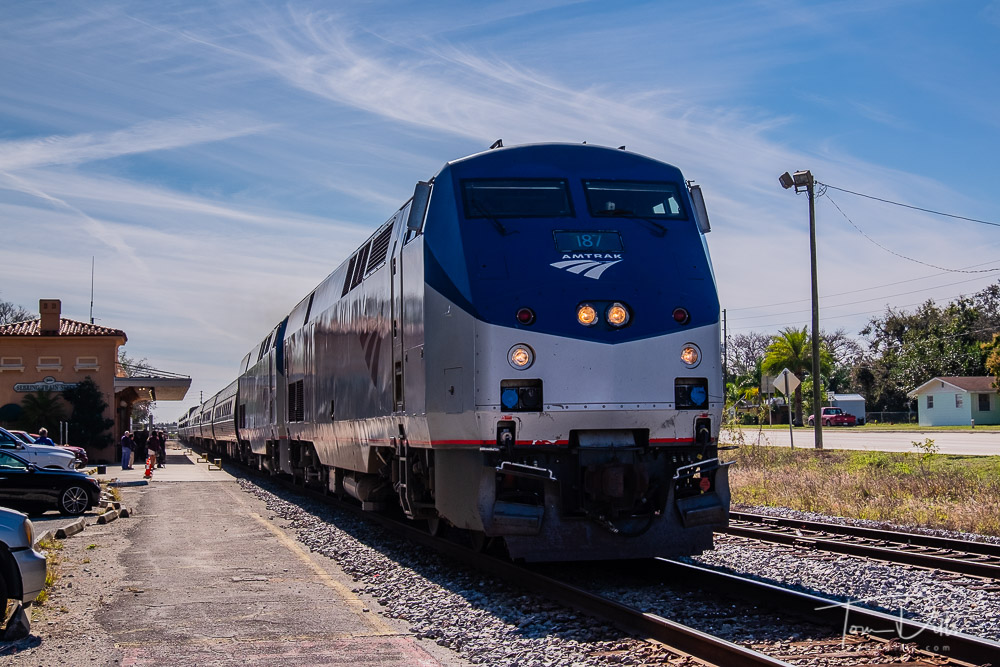
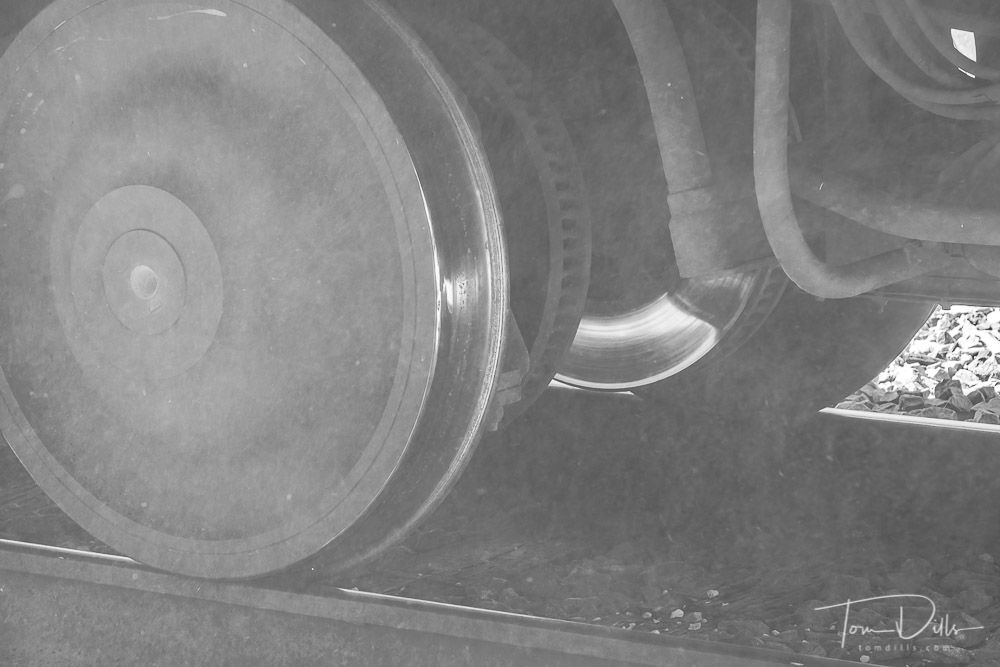
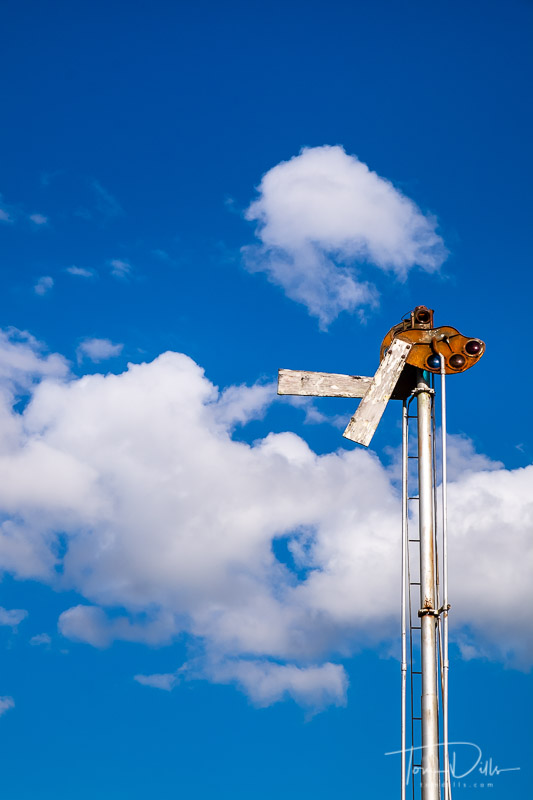
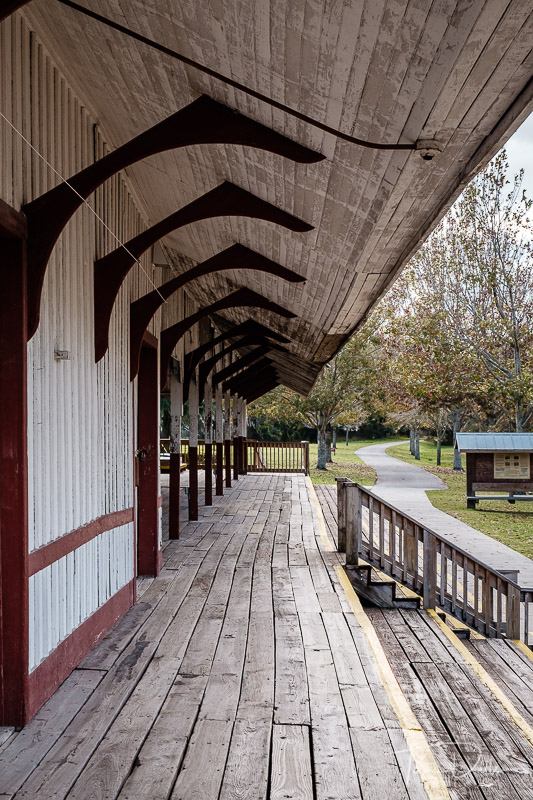
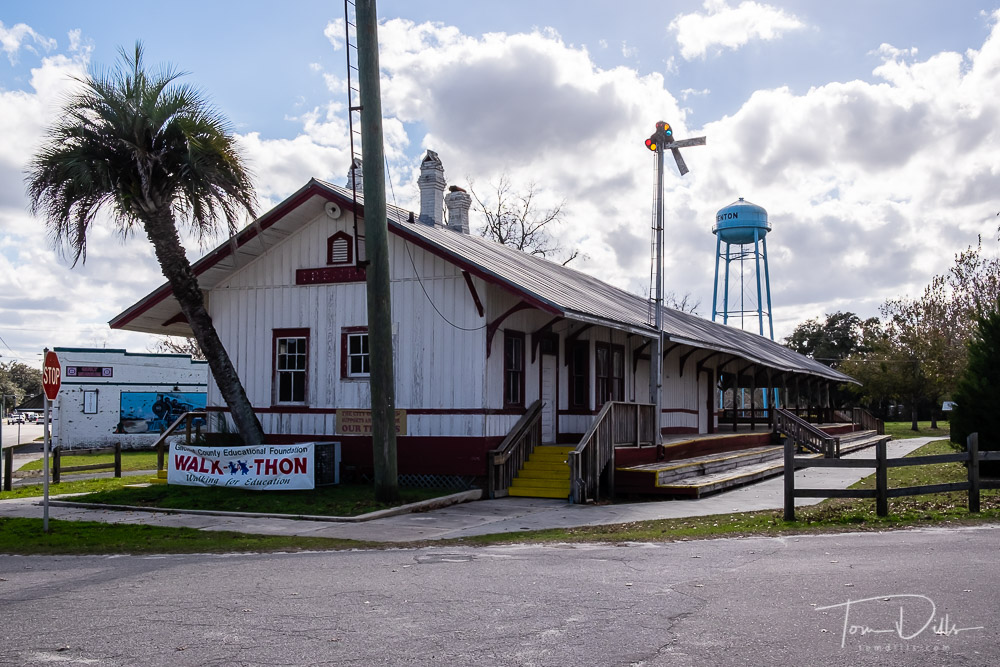

Gone Fishin’
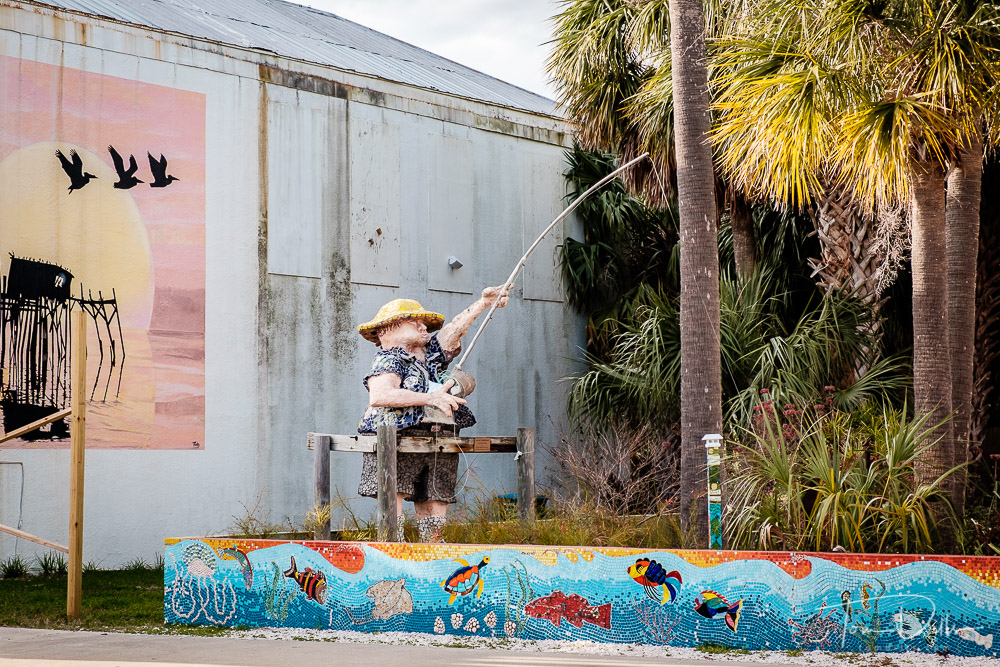
Kathy & I are in Florida for a few days trying to escape the (relative) cold of home. We’re currently in Captiva Island waiting out a wet and windy day. But I’m not looking for sympathy – even at a chilly 62 degrees it’s a lot warmer here than at home, and even warmer than those of you farther north!
Scanning Old Photos – Thoughts from the Process
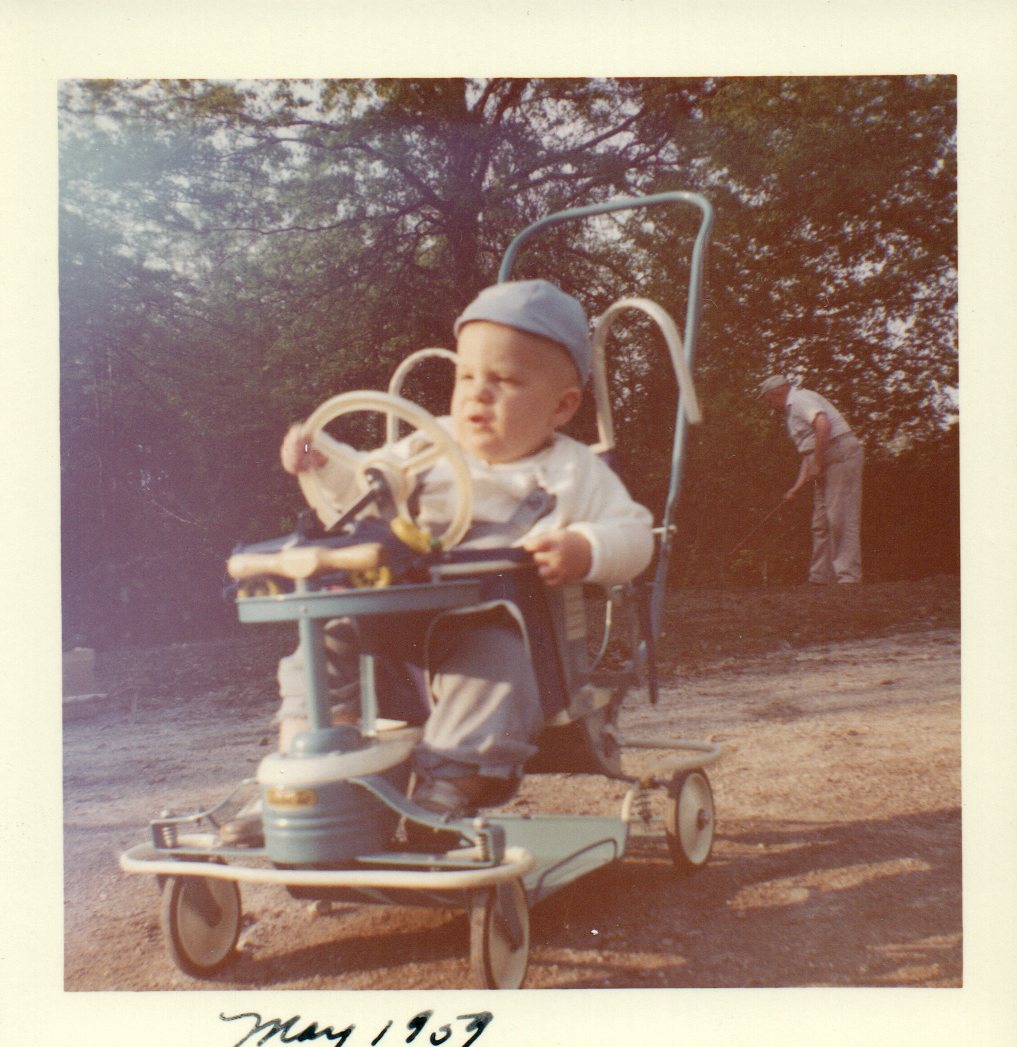
As I went through all of these old photos, I had a number of random thoughts which I’ll attempt to remember and summarize. I’ll probably miss some.
Volume: In a lot of the older albums, there would be 3-4 photos from each birthday, a dozen or so photos from the family vacation, a handful of photos from Christmas and that was it. Today we take 30 photos of our salad.
Volume 2: It was interesting that sometimes an entire year’s worth of photos would appear to have come from a single roll of film. And not 36 photos, usually 12-20.
Volume 3: The amount of space devoted to storing old photos is amazing. I was able to clear off three shelves of albums and boxes, and the digital photos will all fit on a USB drive. And we really didn’t have all that many photos, comparatively.
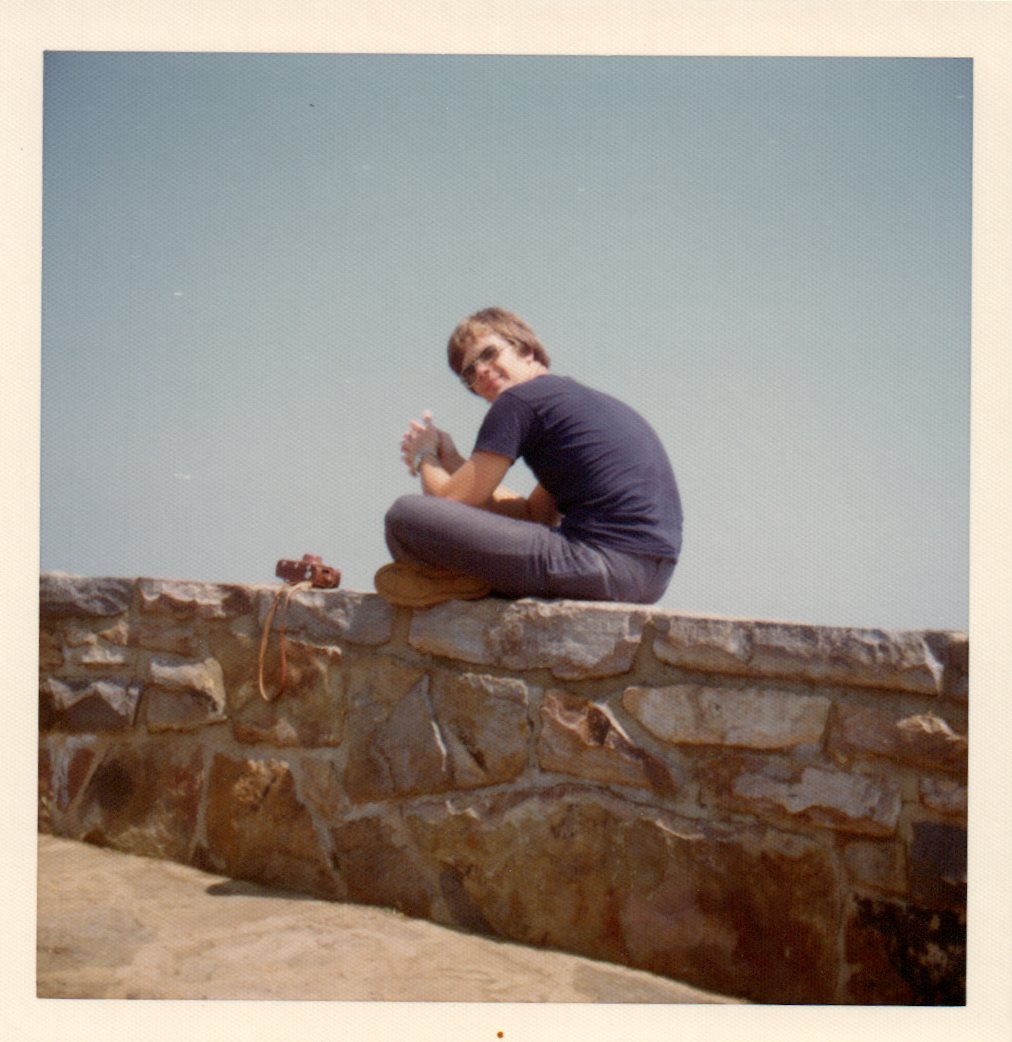
Emotions: My parents have been gone for 30 years, Kathy’s about 6, so grief isn’t something we usually deal with these days. And it didn’t bother us too much to look at photos of them. In fact, it mostly brought fond memories and good feelings. The hard part for me was tossing out the school photos and professional portraits of the kids. I guess it is similar to the emotions that made us spring for the entire package of photos from Sears – we couldn’t live with the idea that some of those prints would be thrown away, so we bought them all! Many of those photos were still in the original envelope. Scanned now, but never looked at in the interim. Sears made a mint off of us, but they are now out of business anyway.
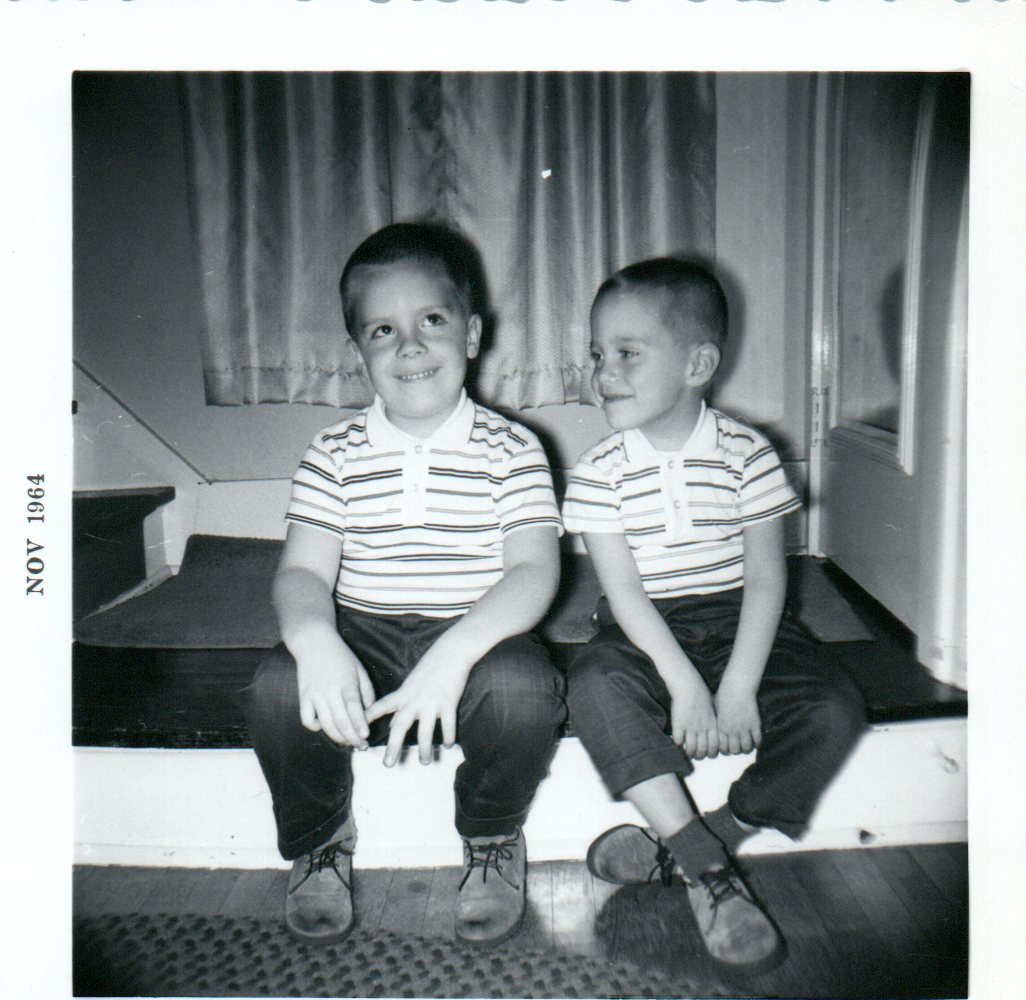
Family: When I look through these photos and realize how many of those people are gone, and how many of them are still around, it reminds me to not forget about the actual people. Saving the photos is one thing, but remember that there are still relationships. We need to care for the relationships as much (or more) as we do the photographs.
Evolution: One of the thoughts I had during the process was the fact that our generation is sort of acting as an “interface” between the analog and the digital. People younger than us have never used film, and people older than us don’t generally use digital technology as much as we do.
Evolution 2: The idea of us being stewards of the old was something that occurred to me. I realize that digital files will eventually be replaced by something as foreign to us now as the idea of computers was to people in the 70s and even 80s. As I mentioned in a previous post, the really old photos still have a value as “artifacts” whether or not we know the people.
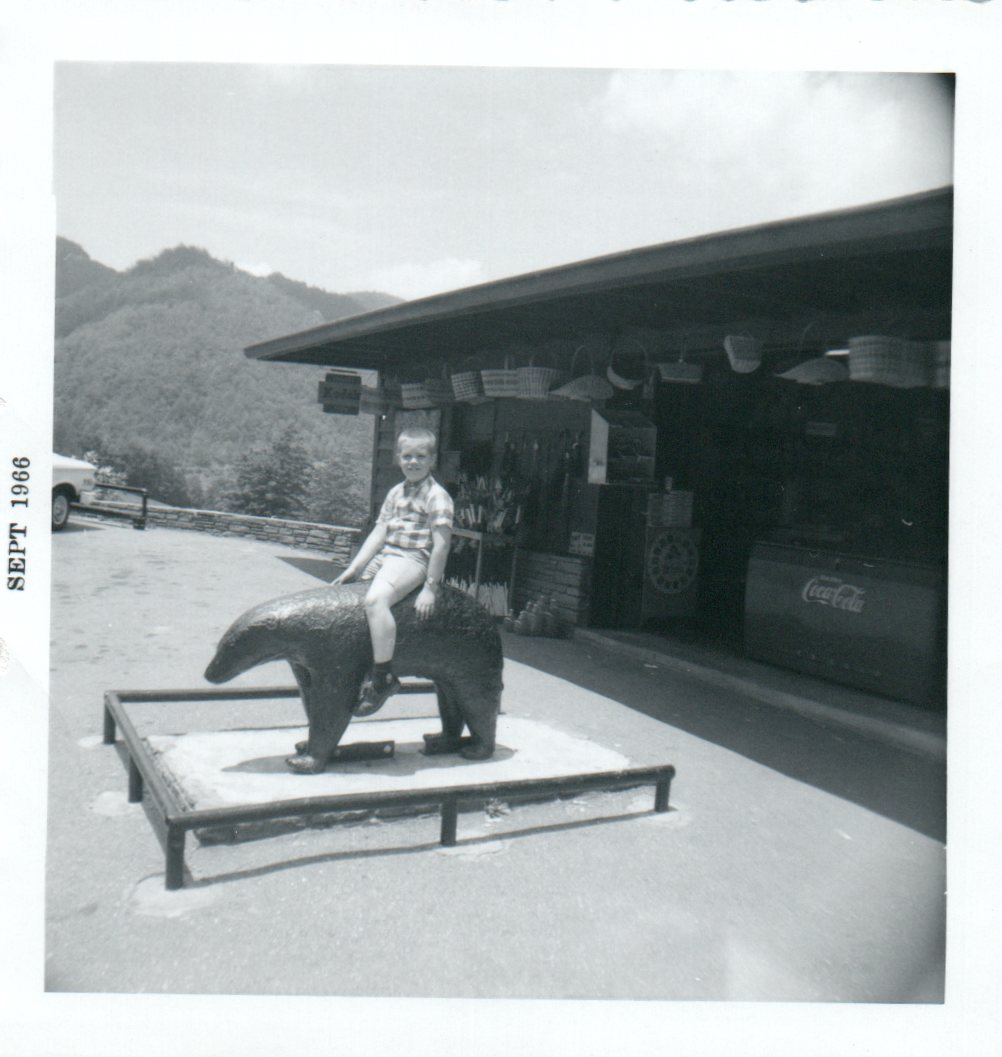
Remember: Even though we take a lot more pictures these days, it’s important to be sure we are diligent about recording the people, places and things that matter to us, not just the foods we eat or ourselves in front of some random landmark. And be sure to save those photos somewhere within our control, and not entrusted to a faceless corporate entity that ultimately cares more about our money and our data than our memories.
Scanning Old Photos – The How
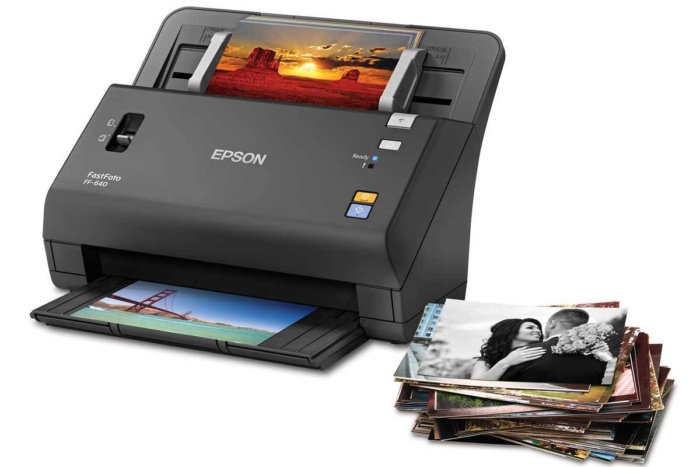
We knew that the job of scanning nearly 100 years of family photos would be a big one, and it was. It’s a little difficult to determine the actual number of photos we’ve scanned over the past few months, but I am estimating it at 7,000 photos. The folder where they are all stored is showing over 14,000 files in 108 folders, and I know that the majority of the photos were scanned front and back, which is where I get my 7,000 estimate. Close enough for jazz/government work/horseshoes & hand grenades/choose your metaphor.
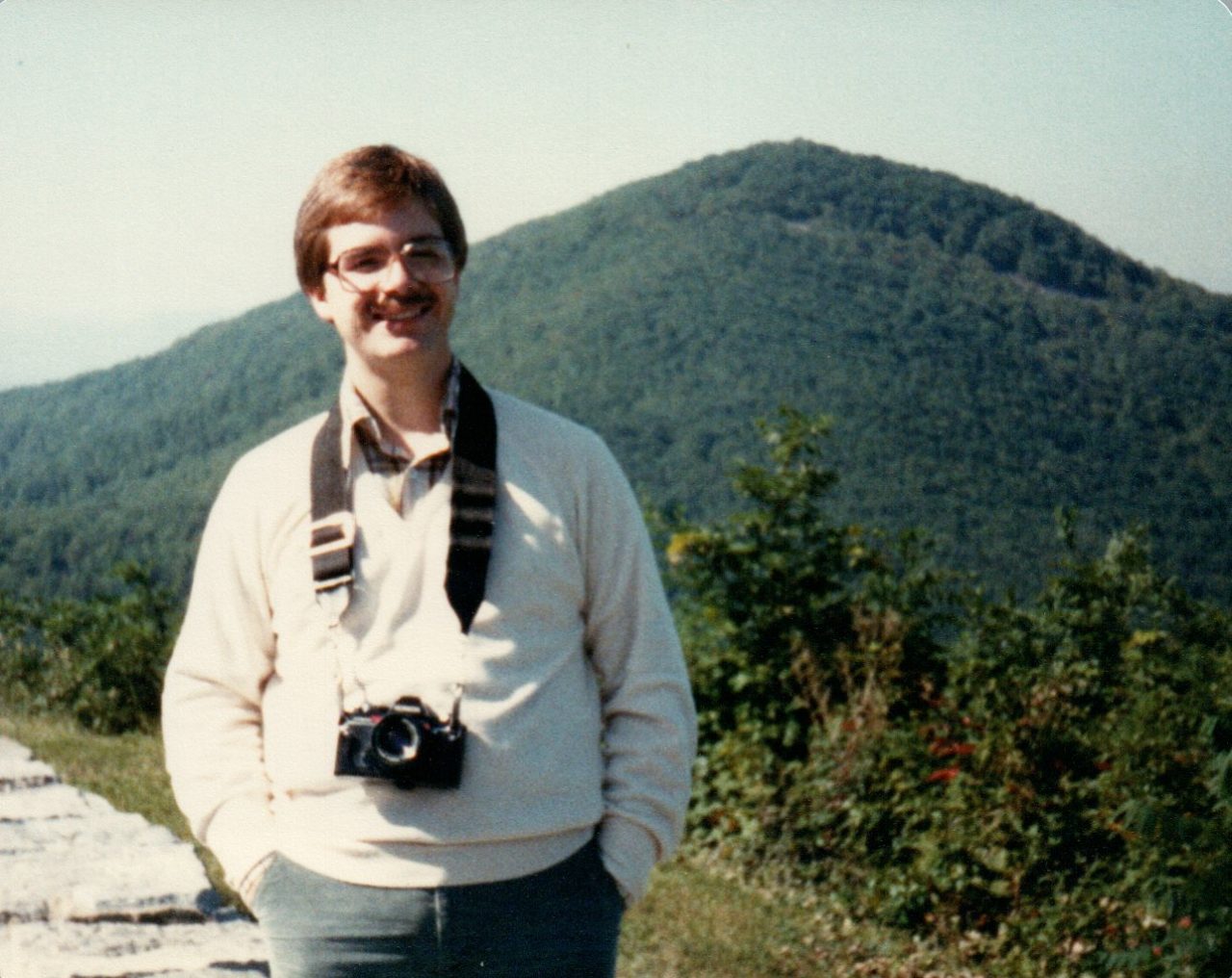
Thankfully we didn’t have to scan 7,000 photos on a flatbed scanner. One of the benefits of not starting this project earlier was that in early 2017 (I think) Epson introduced their FastFoto scanner, which I suspect has answered the need of a lot of folks in a similar position to ours. The FastFoto scanner is a high-speed photo scanner with a document feeder, designed specifically for scanning stacks of small prints but also capable of scanning prints and documents up to 8.5 inches wide. Rather expensive at $500 (the current model is $600) it proved to be a real time saver. It will literally scan the front and back of 30 4×6 prints in about 30 seconds, applying auto-rotation and auto-correction (if desired) and saving the photos to your computer. We used Dropbox, figuring that we’ll be able to share them that way. I also set up a backup to my photo hard drive where our own copies will reside permanently, out of the so-called Cloud.
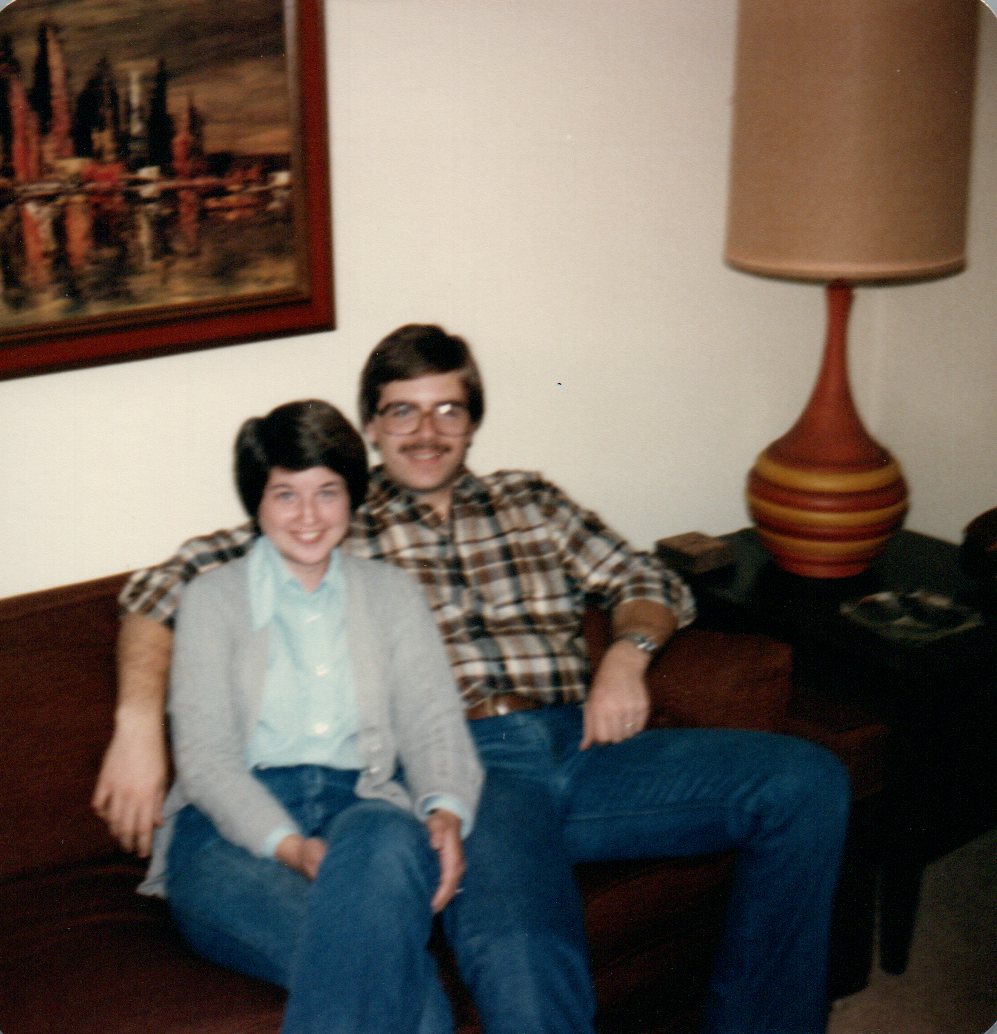
We decided early on that our goal was simply to turn the photos into digital files to be shared electronically. The default output of the scanner is a 300 dpi JPEG, which is good enough for our purposes. I did not intend to get into retouching or repairing damaged photos – the goal was to scan them just the way they are as best as we were able. The scanner does a great job of reproducing the actual photograph, but for photos that were obviously faded or discolored we were able to selectively turn on the auto correction and it did a good job of restoring colors. There is virtually no chance that anyone is going to want to turn these photos back into prints, but at 300 dpi there is plenty of resolution to print them at the original size. We could have scanned at a higher resolution and saved them as TIFF files, but no one but me would care about that, and I don’t. Our mantra was that we were not trying to do Library of Congress-level archiving, and that good enough was good enough.
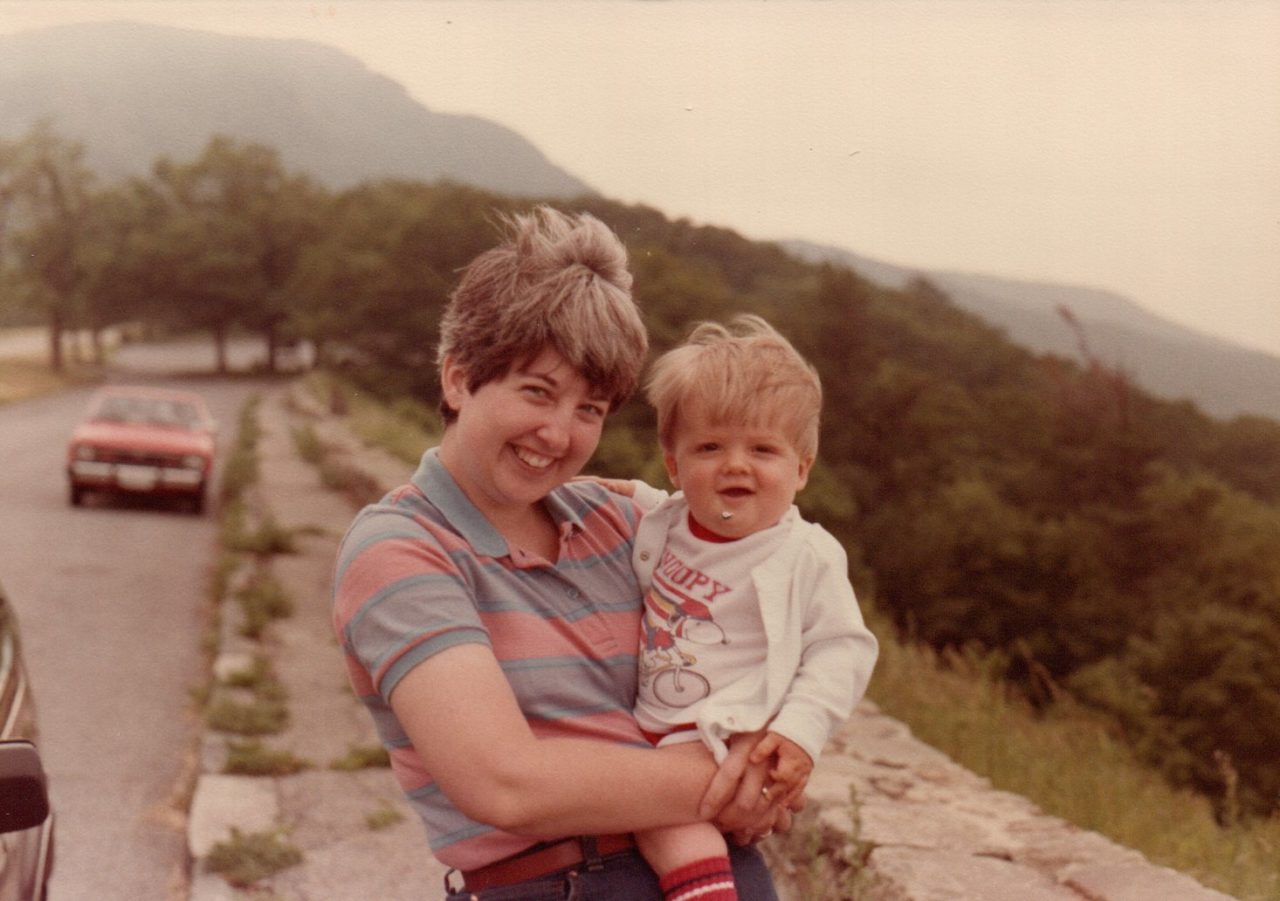
In order to get familiar with the scanning process, Kathy started with albums of our own, that were newer and easier to work with. And we had boxes and boxes of loose prints from the point in our kids’ lives where things got too busy to bother with albums. That part of the process was pretty easy for one person to handle. As she got into the older albums from her parents, it became clear that having one person remove the photos from the album while another handled the scanning would be much more efficient. We set up the scanner attached to my laptop, situated where I could work on my desktop computer while she made a pile of prints. In about 3 weeks we had knocked out about 20 albums.

There were a number of photos and documents that either would not come out of the album pages, were too stiff to take a chance on feeding through the scanner, or too large for the document feeder. I even scanned the pages of a 60-inch growth chart and used Photoshop to stitch the pages together! Just using the flatbed for a few dozen photos drove home how worth-it the purchase of the photo scanner was.
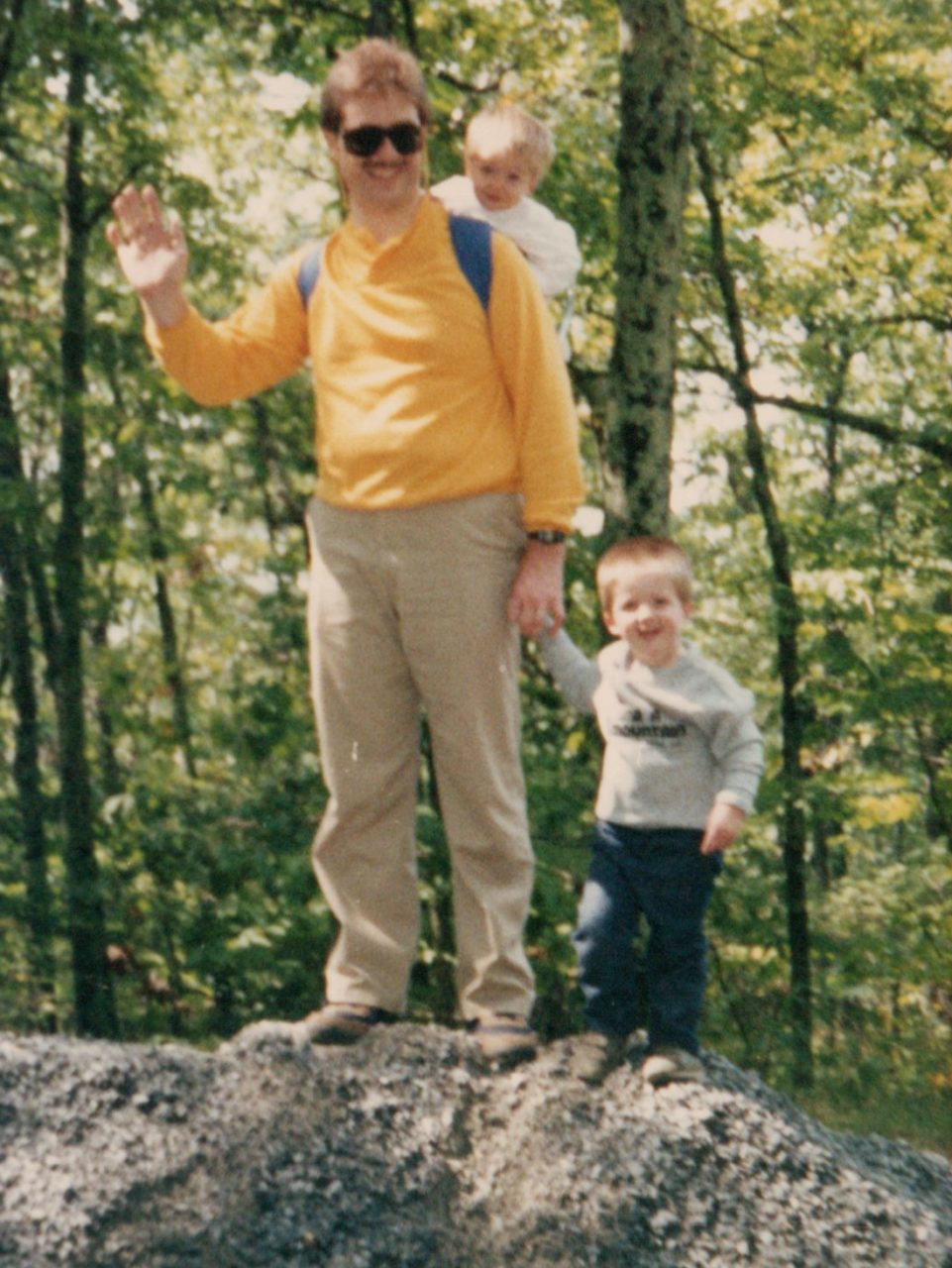
I still have binders and boxes of 35mm and 220 slide film that I’ll need to address at some point, but clearing off those shelves of years and years of albums has been a big load off, both literally and mentally. The slides take up a lot less space and they aren’t going anywhere. So we’ll get to those at another time, maybe next winter. In the meantime, it’s just about time to go out and make some new digital photos. Stay tuned!
Scanning Old Photos

For the past several months, Kathy & I have been working on a project of scanning old photos. We had retrieved a couple dozen albums from Kathy’s parent’s house after they passed several years ago, some of them dating back to the early 1900s. We had promised to scan them to digital files to be shared with her brother & sister and any other relatives that might be interested. In addition to those photos we had albums and boxes of our own photos, some from our separate childhoods up to when we met, then hundreds of photos from when we were married, all of our kids, vacations and other activities up until we started taking digital photos.
Now that we have more free time, we decided to use the winter months to finally tackle those old photos. We knew it would be quite a project, but we didn’t really realize how big of a project it would be. But we’re just about finished, at least until my brother decides to clean out his attic and bring me all of the photos from my own side of the family tree! And I still have binders and boxes of my old slides to address at some point. But that is a different project, that if I decide to face it at all, will come at a later time.
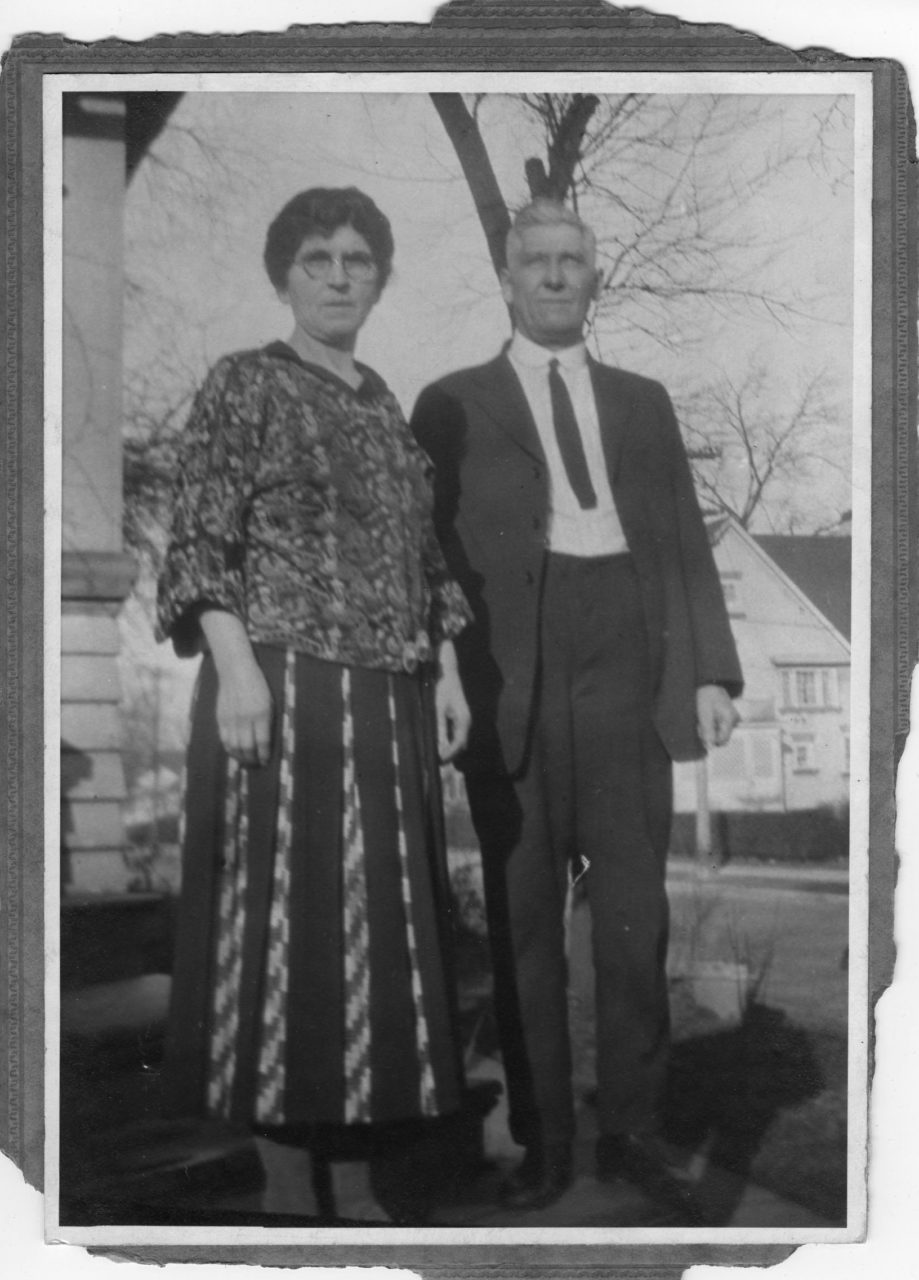
One of the difficult decisions we faced with these old photos was what to do with them once they were scanned. To me the whole point of scanning them is to get rid of the paper. Makes sense, right? It’s not reasonable to expect that anyone else is going to want to take over boxes and boxes of old photos, loose now because they have been removed from the albums. And many of the albums had to essentially be destroyed in order to get the photos out. Our kids have grown up in an age that hardly ever prints anything, and they certainly don’t want to inherit all that stuff! The logical conclusion was to toss them out, and that is what we did.
Throwing away old photographs was all well and good until it came time to scan the photos from our own kids when they were growing up. It didn’t bother me to throw out old photos of people I didn’t know, but the idea of tossing photos of our own kids into the trash gave me a bit of angst that I hadn’t anticipated. I struggled with it for a while, but ended up rationalizing that having the digital copies preserves the memories that those photos represent, and that having the paper stored in a box somewhere out of sight was ultimately no different than storing them on a hard drive somewhere that I never looked at. And this way they are preserved for posterity, using the same methods I use for all of my other photos.
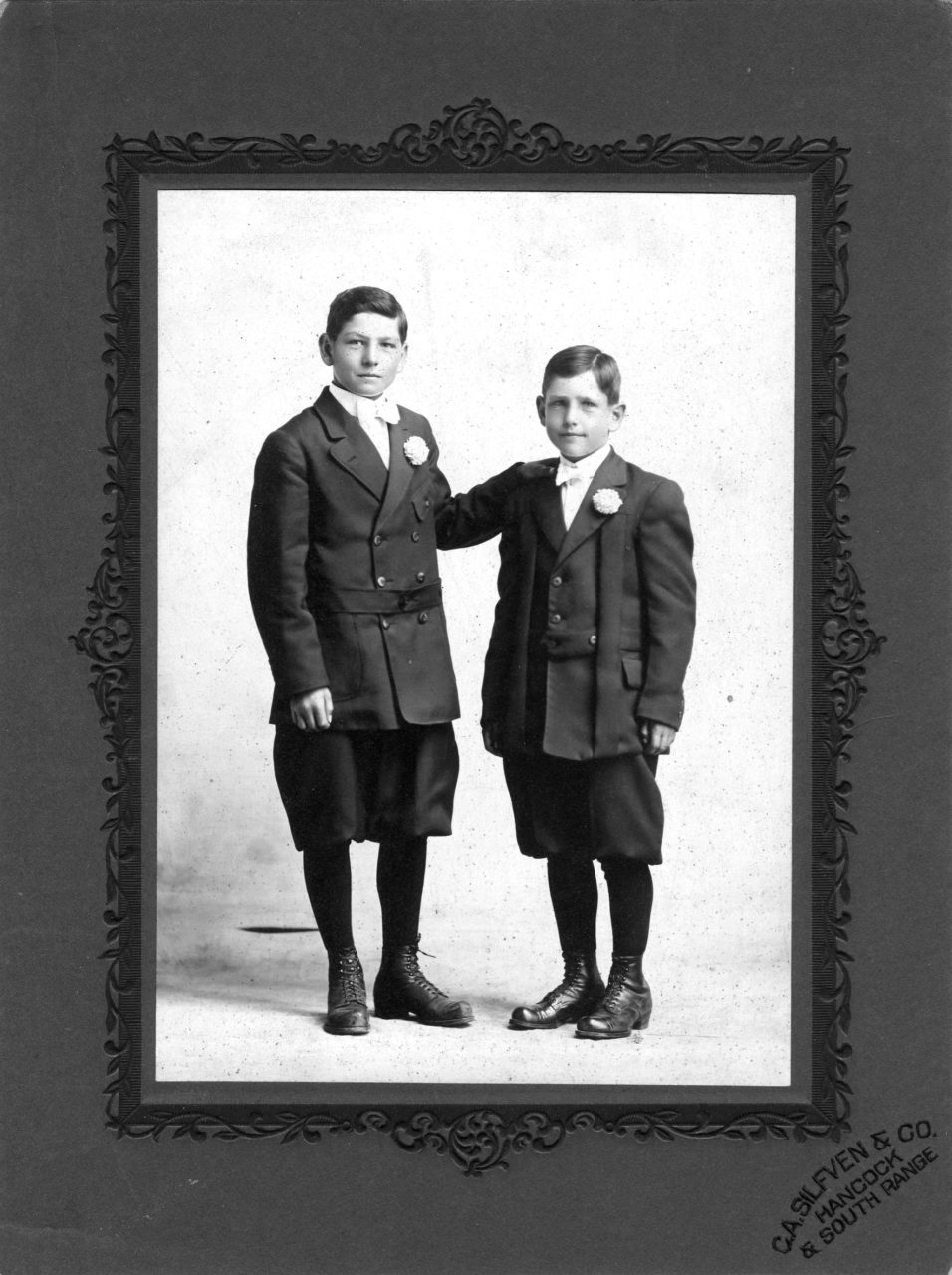
The idea of throwing away anything old can be difficult, and perhaps the idea of throwing away actual family mementos can border on horrifying. We went through a lot of this when we downsized from our larger home to where we are now, but we got through it. My one concession to the idea that “everything must go” is that I decided to keep some of the really old photos. My decision to keep them was not necessarily because of who the people are, but simply because they are old photos. There is a historical value to keeping them, and I’m thinking of them more for their value and interest as artifacts and less for the actual people they represent. I’ve attached copies of a few of them here. I haven’t saved many, but some of the oldest and more interesting ones will go into an archival storage box. But just one box!
I’ll plan to do some more posts about some of the technical aspects we faced and how we resolved them. I know that we’re not the only people facing the prospect of what to do with old photos, and hopefully our experience will serve as something of a guide for others who are thinking of doing the same thing. We’ve talked about offering our scanning services to our neighbors, but I think we’ll hold off on that for a while, as we’re kind of tired of looking at old photos. And very soon it will be time to go make some more photos!
Riding The Bus
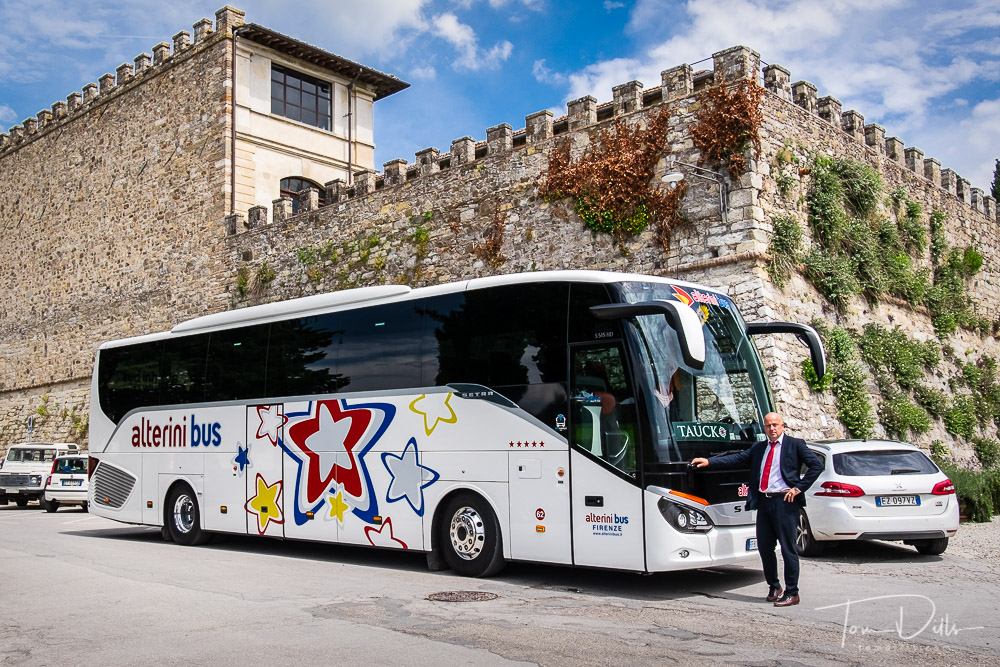
Kathy & I took the bus into town yesterday to have lunch with a friend. It was a good way to get there and not have to pay for parking, the price of which borders on extortion. We’re very glad we don’t have to pay for parking any more!
We’re fortunate that there is a bus stop conveniently located just outside our neighborhood. The stop serves 3 different routes, two of which go directly downtown, and a ride is only $2.20 each way. In another year or so we’ll be able to buy a monthly unlimited pass for $44.00 or a 10-ride pass for $9.35. Not a bad deal!
The bus stop is a 10-minute walk from our house, which is about as far away from the bus stop as you can get in our neighborhood. While we were waiting for the bus, one of our neighbors drove by, saw us, turned around and came back to ask us if “everything was OK.” We assured her that everything was fine, that we were just waiting for the bus to go downtown.
It was nice of her to stop and ask, and I know I’m probably missing the point, but I just thought it was interesting that seeing someone waiting for the bus seemed like there might be a problem.
I didn’t take a camera with me, so I’ve used a picture of a bus from Italy. It’s one that we also rode, just to a much more interesting destination (sorry Bob!). 🙂
Missing Something?

This could be another case of alien abduction! Is it possible that flying saucers require that you go through metal detectors and remove your belt? 🙂
My guess is that this belonged to a painter, since it is covered with what looks like paint drops. Spotted on a walk in Hilton Head back in November.
Website Update: POPTP
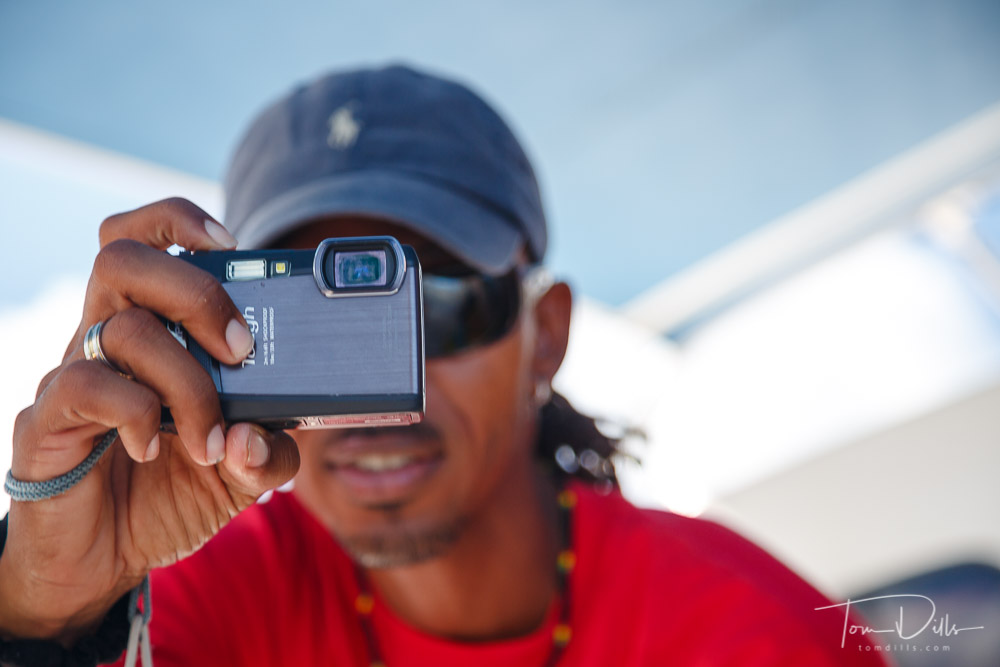
POPTP – Pictures of People Taking Pictures. Sort of like shooting fish in a barrel these days, as everyone takes pictures of everything and everywhere. But everywhere I go I look for opportunities to catch interesting people photographing an interesting scene. And also taking the time to actually appreciate the scene!

